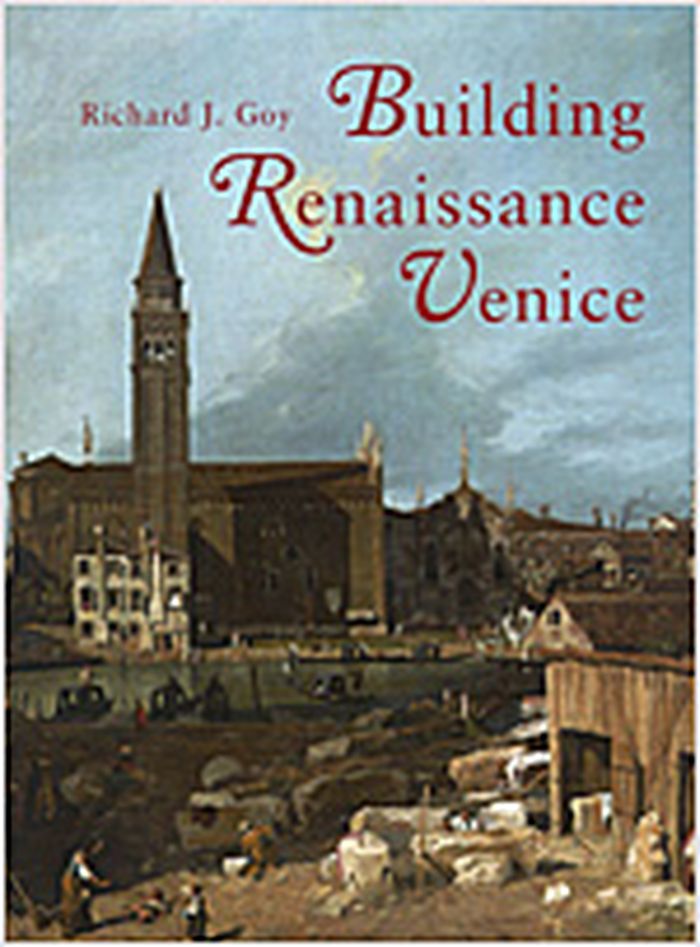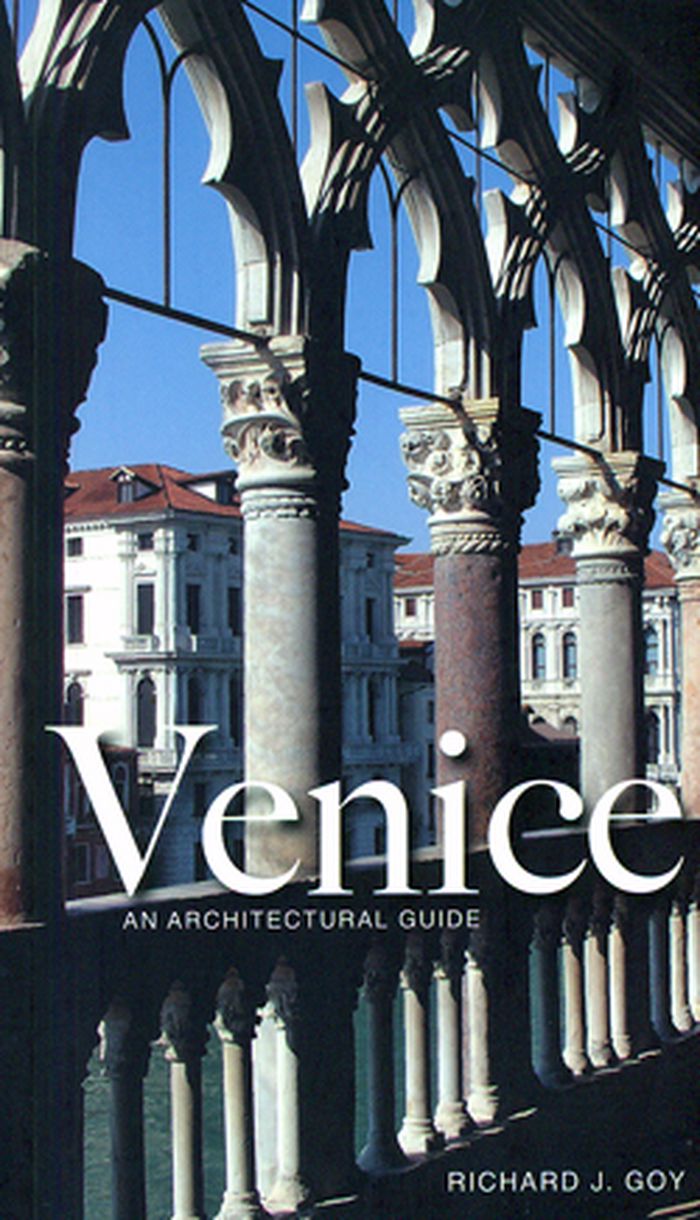$29.00
(disponible sur commande)
Résumé:
This book brings to life the story of the construction of some of the most outstanding early Renaissance buildings in Venice. Through a series of individual case studies, Richard J. Goy explores how and why buildings came to be built. He addresses the practical issues of constructing such buildings as the Torre dell’Orologio in Piazza San Marco, the Arsenale Gate, and the(...)
juin 2006, New Haven / London
Building Renaissance Venice : patrons, architects and builders c. 1430-1500
Actions:
Prix:
$29.00
(disponible sur commande)
Résumé:
This book brings to life the story of the construction of some of the most outstanding early Renaissance buildings in Venice. Through a series of individual case studies, Richard J. Goy explores how and why buildings came to be built. He addresses the practical issues of constructing such buildings as the Torre dell’Orologio in Piazza San Marco, the Arsenale Gate, and the churches of Santa Maria della Carita and San Zaccaria, focusing particular attention on the process of patronage. The book traces the complete process of creating important buildings, from the earliest conception in the minds of the patrons—the Venetian state or other institutional patrons—through the choice of architect, the employment of craftsmen, and the selection of materials. In an interesting analysis of the participants’ roles, Goy highlights the emerging importance of the superintending master, the protomaestro.
$32.00
(disponible sur commande)
Résumé:
Each year, millions of visitors travel to Venice to admire the architectural marvels of this famed city. In this comprehensive volume, distinguished architect and critic Richard Goy offers a convenient and accessible guide to the city’s piazzas, palazzos, basilicas, and other architectural points of interest, as well as pertinent historical details regarding Venice’s(...)
Venice: an architectural guide
Actions:
Prix:
$32.00
(disponible sur commande)
Résumé:
Each year, millions of visitors travel to Venice to admire the architectural marvels of this famed city. In this comprehensive volume, distinguished architect and critic Richard Goy offers a convenient and accessible guide to the city’s piazzas, palazzos, basilicas, and other architectural points of interest, as well as pertinent historical details regarding Venice’s unique urban environment.
Guides des villes

